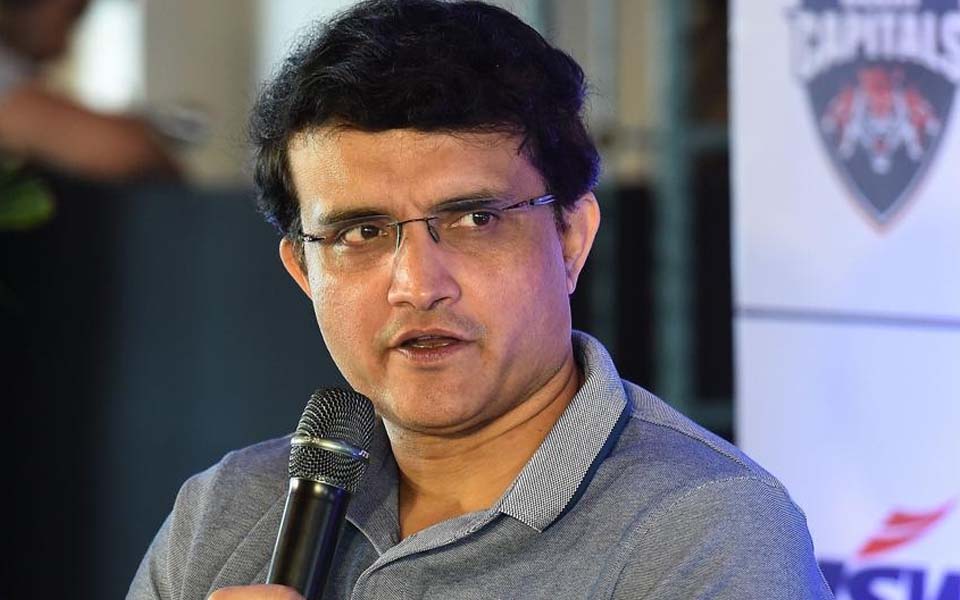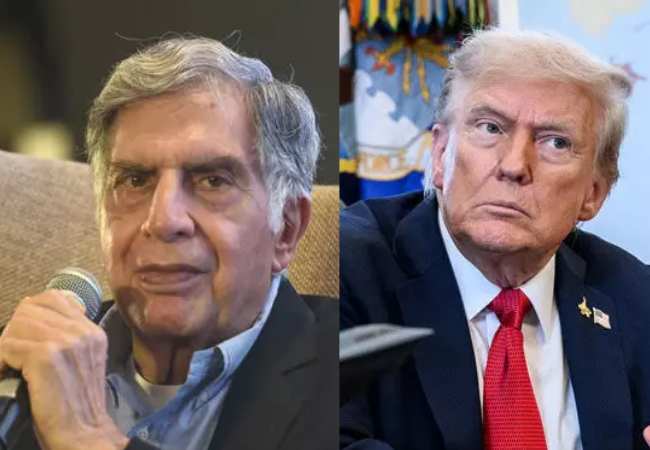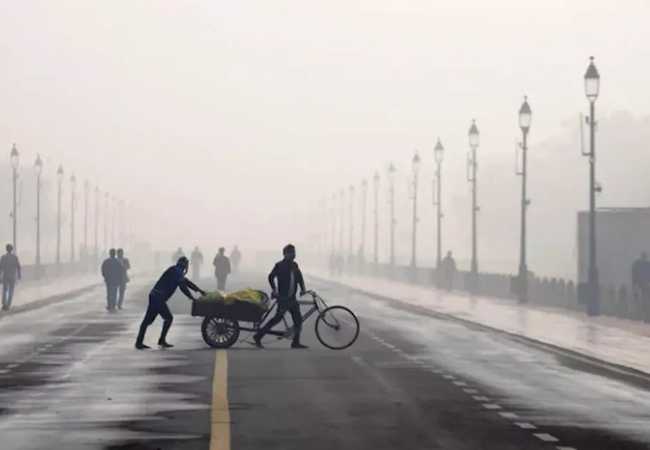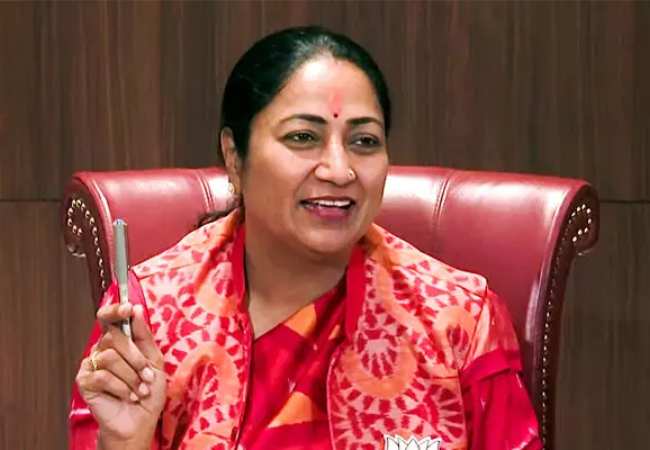New Delhi, Aug 31: Former India captain Sourav Ganguly didn't expect Mahendra Singh Dhoni to be "picked" for the upcoming T20 Internationals against South Africa and said the team management is absolutely right in persisting with young Rishabh Pant.
The 38-year-old Dhoni's future in international cricket has been a topic of debate with the national selectors showing an inclination to look towards the future.
While Ganguly doesn't want people to "jump the gun" as far as Dhoni's future is concerned, he made it clear that skipper Virat Kohli's "expectations" and "what he is communicating" to the senior-most player in the team is paramount.
"No, I didn't expect him to be picked for this series (against South Africa)," Ganguly replied when asked if he was surprised with Dhoni's omission even though the official reason is his "unavailability".
"You could make out from West Indies (T20) series, that they (team management) wanted to give Rishabh a chance. They want to pursue with him, which is rightly so. Because when MS came in young, he was also persisted with," said Dhoni's first international captain.
However, one of India's best captains agreed that it's a tricky situation which skipper Kohli needs to deal with.
"I think Virat is very important as to what he is communicating to Dhoni. What he (Kohli) expects of him (Dhoni) is very hard to say. But I don't think anybody should jump the gun and pass a statement," said the 47-year-old former skipper.
"I don't know what's the communication between, Dhoni, the selectors and the team management. I am a bit far off from those discussions," he added.
For every elite athlete at the business end of their careers, a situation comes where they have to take a hard call, feels Ganguly.
"For every cricketer, there comes a stage and it hasn't left any athlete --whether its Maradona, Sampras, Tendulkar and now Dhoni. When you get to that sort of an age, you will get to that kind of a situation.
"If Virat and team management expects Dhoni to comeback and play, he will play, if they feel like moving forward, they would move forward. Of course, the selectors will also play an important role," he opined.
Ganguly also doesn't want Pant to be compared to a legend like Dhoni.
Asked if there is this "elephant in the room" (Dhoni) for Pant, Ganguly sounded dismissive.
"There is no elephant in the room. Rishabh is no MS Dhoni and will not become MS Dhoni in the next 3-4 years. It took 15 years for MS Dhoni to become "the MS Dhoni". Dhoni is a special breed in Indian cricket," said Ganguly, who also works with Pant as a 'Mentor' of Delhi Capitals.
But at the same time, he finds it baffling that there were calls from some quarters to drop the young keeper-batsman just because he has failed in one match despite his phenomenal Test record.
"I was reading somewhere after he failed in just two innings in the first Test match, that whether he will play the next Test match. I said "what?", this fellow got a hundred, only one Test ago (in Australia) and a couple of 92s few matches before that (against West Indies). He is special although I won't compare him with Dhoni."
A fit-again Wriddhiman Saha, who is a month shy of turning 35, has returned to the Indian Test squad but Ganguly said he has no option but to wait.
"Wriddhiman will have to wait for his chance. Age doesn't matter here," said Ganguly.
Kohli is on the verge of becoming India's most successful Test captain with 28 wins if his team wins the ongoing second Test against the West Indies in Kingston.
"Virat is a tremendous captain and he is getting better and better. He was criticised when he wasn't doing well for RCB in the IPL and even then I had said that I believe he is a good captain. I think he has progressed well," he said.
The West Indies team has been on a steady decline in the past few decades.
While Ganguly doesn't want to compare Caribbean outfits from the past, he is a bit taken aback by their lack of positive intent.
"But I am surprised with the way West Indies play Test cricket. They enjoyed winning tosses and putting opposition in and batting on 4th day when they have no chance," he concluded.
Let the Truth be known. If you read VB and like VB, please be a VB Supporter and Help us deliver the Truth to one and all.
Hyderabad (PTI): The Telangana government on Sunday said it has decided to name the upcoming greenfield radial road at the proposed RRR in honour of the late industrialist Ratan Tata.
In another proposal, a high-profile road along the United States Consulate General in Hyderabad will be named ‘Donald Trump Avenue’, the government said in a release.
The state government will write to the Union Ministry of External Affairs and the US Embassy to inform them of the plans.
Earlier this year, Chief Minister A Revanth Reddy, while addressing the annual US-India Strategic Partnership Forum (USISPF) conclave in Delhi, had proposed naming key roads in Hyderabad after leading global corporations.
Additionally, a prominent stretch will be named ‘Google Street’ to recognise the global impact and contribution of Google and Google Maps.
The road along Google’s upcoming campus, set to be the company’s largest outside the US, in Hyderabad’s Financial District, will receive this recognition, the release said.
The proposals are part of the Telangana government’s initiative to position the state as a hub for innovation-driven development.
Microsoft and Wipro are also expected to receive recognition in the city’s topography, with a Wipro Junction and a Microsoft Road, in line with the chief minister’s vision, the release added.
The state government is considering dedicating additional roads in honour of distinguished individuals and corporations.





